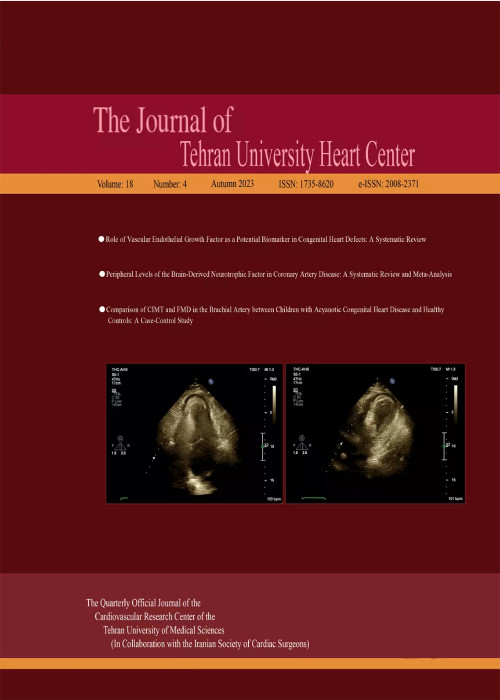Prediction of Primary Slow-Pathway Ablation Success Rate according to the Characteristics of Junctional Rhythm Developed during the Radiofrequency Catheter Ablation of Atrioventricular Nodal Reentrant Tachycardia
Author(s):
Abstract:
Background
Nowadays, developed junctional rhythm (JR) that occurs during slow-pathway radiofrequency (RF) catheter ablation of atrioventricular nodal reentrant tachycardia (AVNRT) has been focused upon as a highly sensitive surrogate end point for successful radiofrequency ablation. This study was conducted to assess the relationship between the presence and pattern of developed JR during the RF ablation of AVNRT and a successful outcome.Methods
Seventy-five patients aged between 14 and 88 who underwent slow-pathway RF ablation due to symptomatic AVNRT were enrolled into the study and received a total of 162 RF energy applications. Combined anatomic and electrogram mapping approach was used for slow-pathway RF ablation. The ablation procedure consisted of 60-second, 60 °C temperature-controlled energy delivery. After each ablation pulse, successful ablation was assessed according to the loss of AVNRT inducibility via isoproterenol infusion. Four different patterns were considered for the developed JR, namely sparse, intermittent, continuous, and transient block. Success ablation rate was assessed with respect to the position, pattern, and number of junctional beats. Results
Successful RF ablation with a loss of AVNRT inducibility was achieved in 43 (57.3%) patients using 119 RF energy applications (73.5%). JR developed in 133 of the 162 (82.1%) applications with a given sensitivity of 90.8% and low specificity of 41.9% as an end point of successful RF ablation, with a negative predictive value of 62.1%. The mean number of the developed junctional beats was significantly higher in the successful ablations (p value < 0.001), and the ROC analysis revealed that the best cut-off point of the cumulative junctional beats for identifying accurate AVNRT ablation therapy is 14 beats with 90.76 % sensitivity and 90.70% specificity. There were no significant differences in terms of successful ablation rates according to the four different patterns of JR and its positions (p value=0.338, p value=0.105, respectively) in the univariate analyses.Conclusion
JR is a sensitive but non-specific predictor of the successful RF ablation of AVNRT. Nevertheless, according to the results, its specificity could increase with the presence of more than 14 cumulative junctional beats. Although the development of JR during slow-pathway RF ablation seems not to be reliable as a success end point, its absences could be a marker of requiring more energy application to ablate the slow pathway.Language:
English
Published:
The Journal of Tehran University Heart Center, Volume:6 Issue: 1, Jan 2011
Page:
14
magiran.com/p824769
دانلود و مطالعه متن این مقاله با یکی از روشهای زیر امکان پذیر است:
اشتراک شخصی
با عضویت و پرداخت آنلاین حق اشتراک یکساله به مبلغ 1,390,000ريال میتوانید 70 عنوان مطلب دانلود کنید!
اشتراک سازمانی
به کتابخانه دانشگاه یا محل کار خود پیشنهاد کنید تا اشتراک سازمانی این پایگاه را برای دسترسی نامحدود همه کاربران به متن مطالب تهیه نمایند!
توجه!
- حق عضویت دریافتی صرف حمایت از نشریات عضو و نگهداری، تکمیل و توسعه مگیران میشود.
- پرداخت حق اشتراک و دانلود مقالات اجازه بازنشر آن در سایر رسانههای چاپی و دیجیتال را به کاربر نمیدهد.
In order to view content subscription is required
Personal subscription
Subscribe magiran.com for 70 € euros via PayPal and download 70 articles during a year.
Organization subscription
Please contact us to subscribe your university or library for unlimited access!


